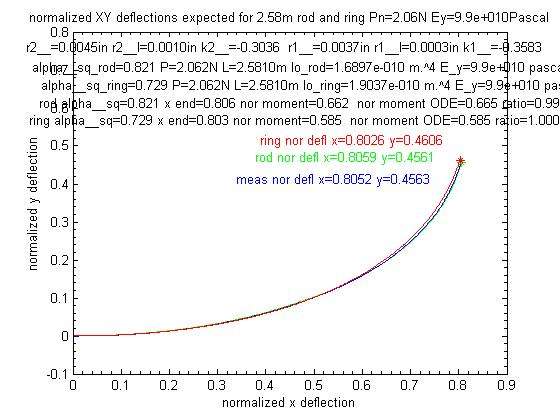I'm fairly sure that Lasse's rod will have a fair amount of overall wobbleLou Bruno wrote:I understand part of the resins job is to group and solidify the graphite fiber cloth. Now I've learned we have different quality of graphite cloth. That the resin contributes little to the rod's modulus...is that true for the rod's stiffness profile. Read an article that claimed the resin will "limit lateral/overall wobble."
I still think that the answers at Posts 15 and 16 from Steve and Paul provide all of the information that you need. As Steve described, you need a match between the properties of the fibres and resin so that they behave similarly in tension and compression, otherwise the bond between the two will fail and your rod will break. As was mentioned, if the resin is too stiff it will also be susceptible to impact damage. Paul's post majors on the material properties that are required for production which are also major considerations. If you want to understand rod properties without getting too wrapped in science, the Itinerant Angler podcast with Gary Loomis is great:
http://www.itinerantangler.com/blog/pod ... with_gary/
Regards
Vince

